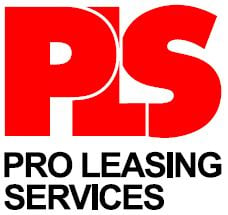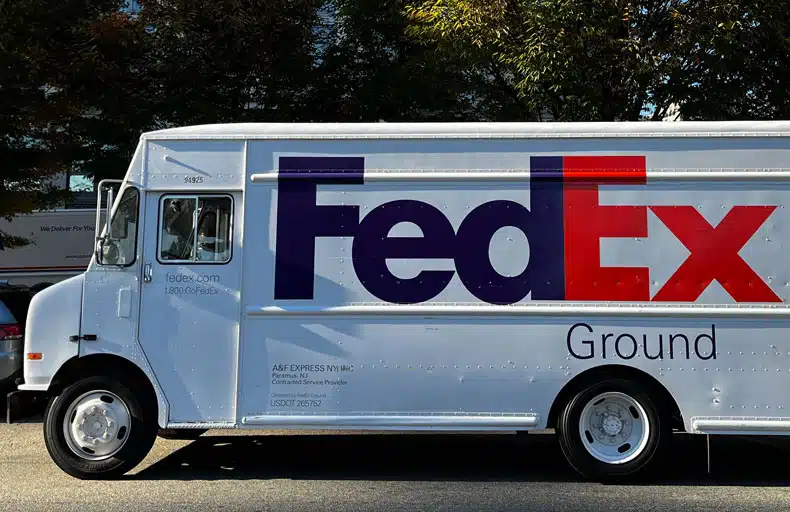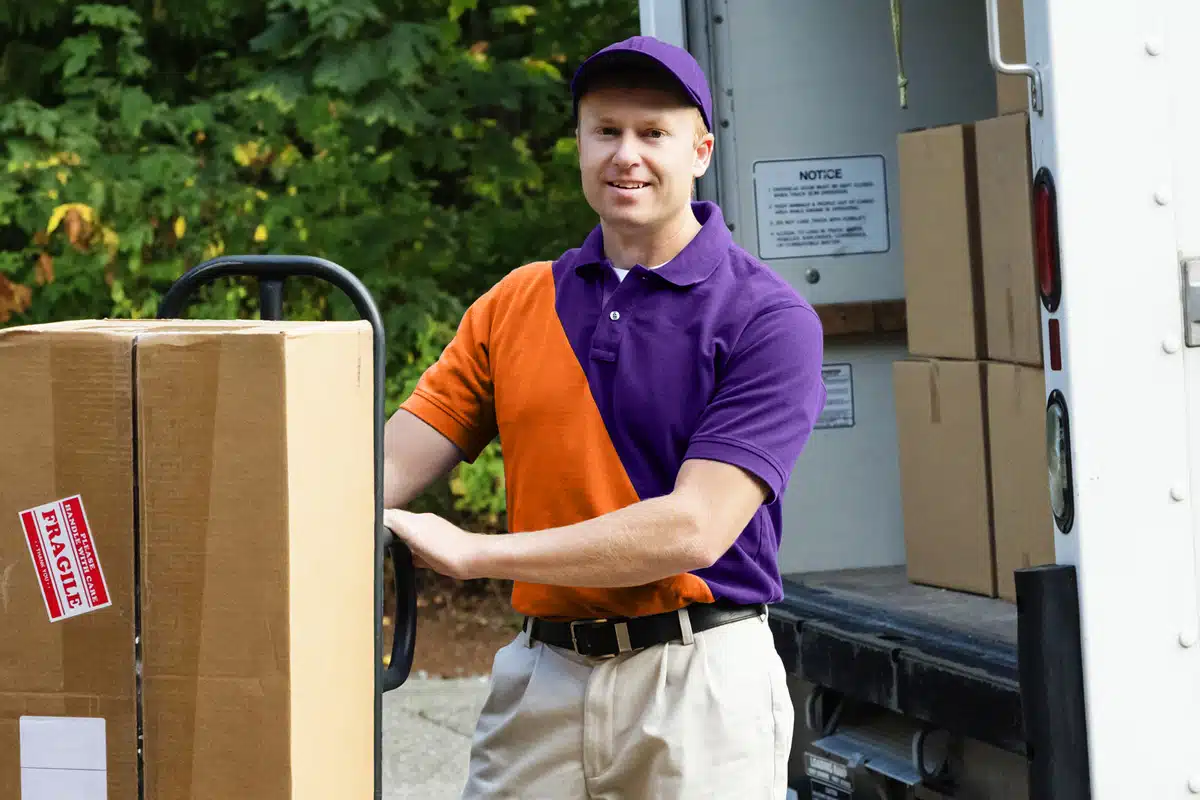Before you get started with FedEx there are several bottomline, no-brainer basics that should be mentioned. As a FedEx Ground P&D business you are responsible for training, wages, payroll, taxes, insurance local and state laws.
You should be prepared to show 3 years of relevant experience or your existing P&D details. You’re responsible for your drivers to be dressed in FedEx Ground-approved apparel and your delivery trucks have to meet FedEx standards, including proper upfitting and branding.
If you’re serious about starting a FedEx Ground P&D business, the first objective is to organize your business so it makes sense to FedEx. Formally known as Request for Information (RFI) you must submit a description of your business capabilities, your experience and other required information. For the purposes of this article, we’re going to break down the different elements FedEx uses to evaluate the success of doing business with you.
FedEx Request for Information (RFI)
Background/financial viability
The purpose of your viability analysis is to showcase the financial sustainability of your business. FedEx needs to have as much confidence in your business as you do. So, you must show the long term success of your business by developing a professional financial plan.
For starters, you need to research your service area and target audience in order to create revenue projections – answer this – how much revenue will your business make within your delivery reach. You should also have a handle on what you will be delivering to be able to have a pretty detailed revenue report. You can include your expansion plans including your projected revenue and profit as your route and fleet grow.
One of the most important pieces of the decision making process for FedEx is to know whether you can financially survive day-to-day operations and the woes of the economy. So you want to communicate that your business is cash stable. FedEx understands stability doesn’t happen by flip of a switch, so make sure your plan is frugal – decreasing costs is key to a cash stable business.
Customer Service Approach
What is your customer service philosophy? That’s what FedEx wants to know.
Some top considerations should include your encyclopedia-like knowledge of FedEx products, systems, rates and operations. You need to be able to answer everyday and oddball questions your customers will have, especially when it comes to tardiness, misplaced items, precious cargo and more. So make sure you share your plan to avoid issues and customer-facing challenges. Nearly all of your calls will be dealing with problems, so a smile, great attitude and a customer-first philosophy is a win-win approach.
Resources
Itemize your assets, including vehicles, employees and explain your plan to expand during seasonal demand. If you don’t have the vehicles now for peak seasons, feel free to reach out to a Pro Fleet Advisor for temporary fleet needs.
Safety Commitment and Experience
Much like your service commitment, you want to create a mission statement for your safety guidelines. Don’t forget to include jobs or positions where you were personally responsible for safety of capital equipment or oversaw the safety of others. Do your research and make sure your safety protocols are up-to-date with FedEx expectations.
They will expect you to have a plan for eliminating roadside inspection violations related to DOT Compliance Safety, Accountability initiative. They’ll want to see your injury and accident history with regards to services for FedEx Ground or for other delivery businesses. And they’ll want to see you have taken preemptive measures like having a maintenance plan
Plans for Handling Pickups
FedEx wants to know you’ve done your homework and understand how to handle changes in demand. You should have a plan for handling any increase in the number of scheduled pickup stops over time, including increased package volume. And you should show how you’re going to meet your current customer demand and their expectations despite the increase in stops and volume.
Package Security
Because loss and theft of packages is so prevalent in the states, FedEx prefers to work with businesses who do what they can to mitigate loss and damage. Some tactics include verifying your labels are traveling to a legitimate location, choosing parcel insurance, and communicating with your customer. To prevent damage to your cargo is a matter of having the proper storage and moving equipment, all of which is important for FedEx to know.
Contingency Situations
Like misplaced or damaged packages, there will be challenges for a FedEx P&D Ground business on a daily basis. Sometimes drivers who promised to work Saturday are a no show. And it could be the same day there’s a volume surge in pick up and delivery. FedEx wants to know you can handle whatever is thrown at you. So think about anything that can keep your business from consistently delivering and have a back up plan, and a back up plan for the back up plan. Consider traffic patterns, weather disruptions and equipment failure, and plan out a solution.
Legal Compliance
FedEx, more or less, wants you to understand there’s a vast gap between them and you. So you have to show a plan to ensure compliance to agreements and your responsibilities for your employees, payroll, insurance, taxes, etc. You will have to state your plan to hire only persons who are legally authorized to work in the United States.
Altogether an RFI document should be between 5 and 10 pages and work as a comprehensive description of your business and intentions. The tedious work is worth it because once all details are compiled in an organized manner you’ll have more confidence in your business and feel totally prepared for anything.







